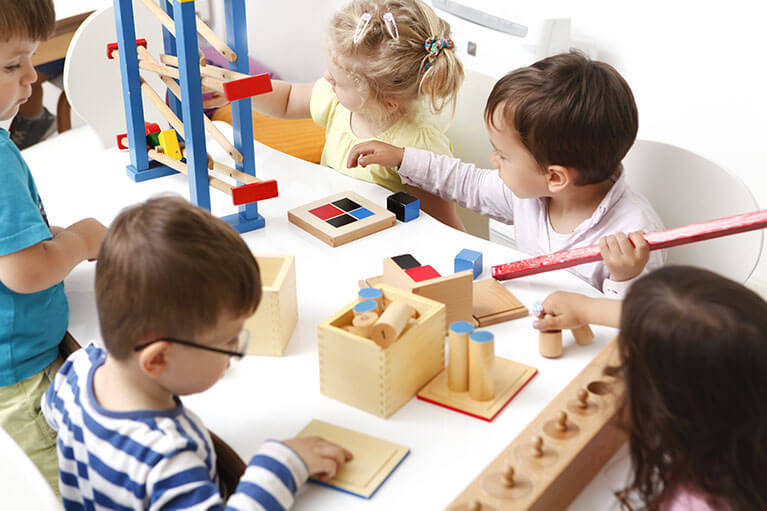
How Tactile Learning Enhances Your Child’s Education
Understanding the way children learn is both important for their education and important for helping you produce that education. One of the newest educational learning techniques, tactile learning, is turning teaching on its head. This system is giving kids a new outlook on learning and school, making hands-on teaching fun for student and teacher. Through the use of several techniques, the tactile learning style is making its mark in classrooms everywhere. The tactile system is interesting and important for several reasons. Here is what you need to know.
What is Tactile Learning?
The tactile learning system is a system of teaching that employs learning through the senses, particularly through the sense of touch. Many of the children in school nowadays find that sitting still in a desk all day is boring, and teachers have found that kids are less likely to learn information and process it if they are bored and not paying attention. This is where tactile learning comes into play. Similar to ideas from Montessori education, tactile learning uses hands-on activities to maintain the student’s attention to learn beneficial things like math, science, and the arts.
How is Tactile Learning Beneficial?
Childhood development is a tricky concept, but it can be managed. Children learn through a variety of ways, but learning through the senses is the biggest way. Most teaching, up until this past year, has been done specifically to target visual and audible learners. Teaching through the means of tactile and Montessori education can help a child develop fully by using the senses and hands-on experiences as well as these visual and auditory means. Consider a baby. Their first impression of the world is done through touch. It is important for the development of a child by teaching them that touch is a valuable asset to learning.
Throughout the years, touch has been known to help prevent fidgeting, loss of attention, and even less distraction in the classroom. Since many children have plenty of energy and low attention spans, sitting still in a desk is the fastest way to lose them in the classroom. Tactile learning systems avoid that by having children focus on something they are doing with their hands. It can help students learn more, understand better, and work through problems more efficiently.
What are Some Tactile Learning Techniques?
There are several techniques that employ the tactile learning style in childhood education. Many students are best focused when they are doing something with their hands or are immersed in the learning experience. The hands-on approach is being employed in many schools across the nation now. Some of the techniques involved include things like using props, creating a more immersive classroom, and more. The more hands on the learning experience are, the more a Kinesthetic learner will take in the information available.
How to Implement Tactile Learning Into Education
When it comes to implementing this style of teaching into an educational program, teachers and parents can do several things to get the children involved and excited about learning. One of the best things about quality Montessori Schools is that the Montessori teaching method innately uses tactile learning in its classrooms. Science experiments are a great place to start. They are immersive and hands-on for students of almost all ages. Science experiments are also great for explaining the scientific processes involved in our world.
Acting out a play or drama skit is also a great way to get kids involved in the arts. Teachers can let the children come up with their play, or they can download great plays to practice with the students, especially if they know how to read. Field trips are the oldest and best ways to get kids involved in the learning process. They are hands-on ways to explain science, history, math, and literature to students, though they always think they are just having fun. Finding great tactile options for education for children is easy as long as teachers remember how important the hands-on learning is to students, especially those who learn through touch and immersion.
Conclusion
Education for children is important for development and their future. Because of this idea, education for younger children is starting to change dramatically. Hands-on learning and immersive learning experiences are all taking precedence in the classrooms across the nation. Because of this change, students are learning more, understanding the material better, and they are retaining the information for many years to come. This style of learning, called tactile learning, is beneficial for helping students overcome challenges in the classroom and eventually challenges in the real world. Through the use of field trips, science labs, and even dramas, students are getting a fuller learning experience without losing concentration or getting bored in the classroom.
Updated 6/7/2022
Learn more:
How Our Montessori Practices are Revolutionizing Early Childhood Education
Tips for Choosing a Montessori School